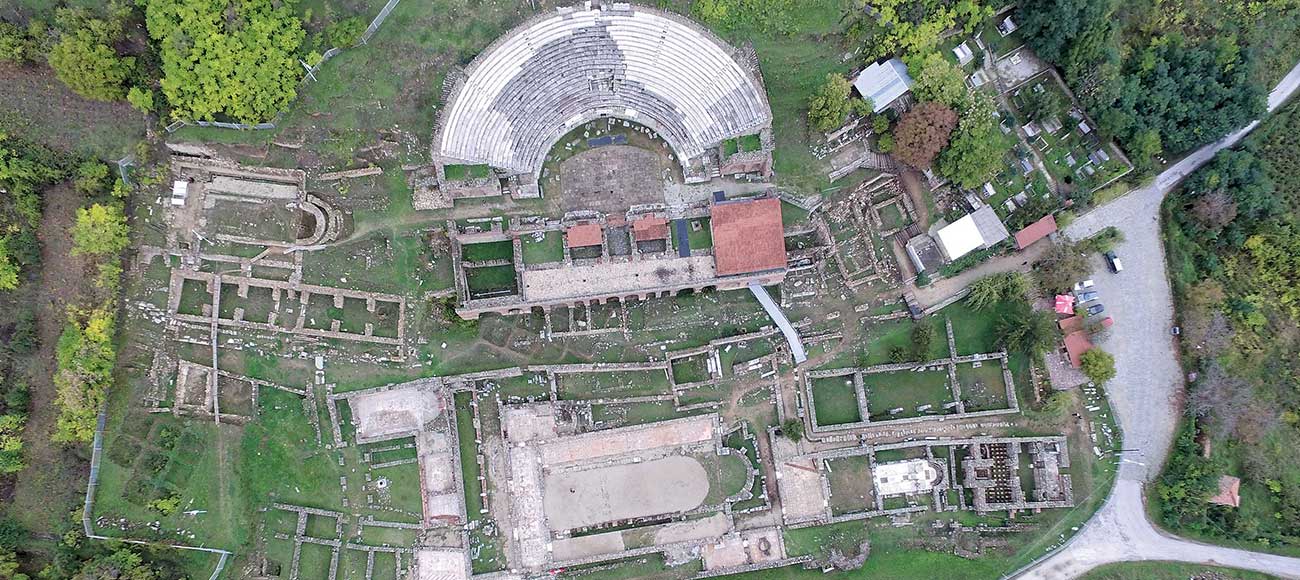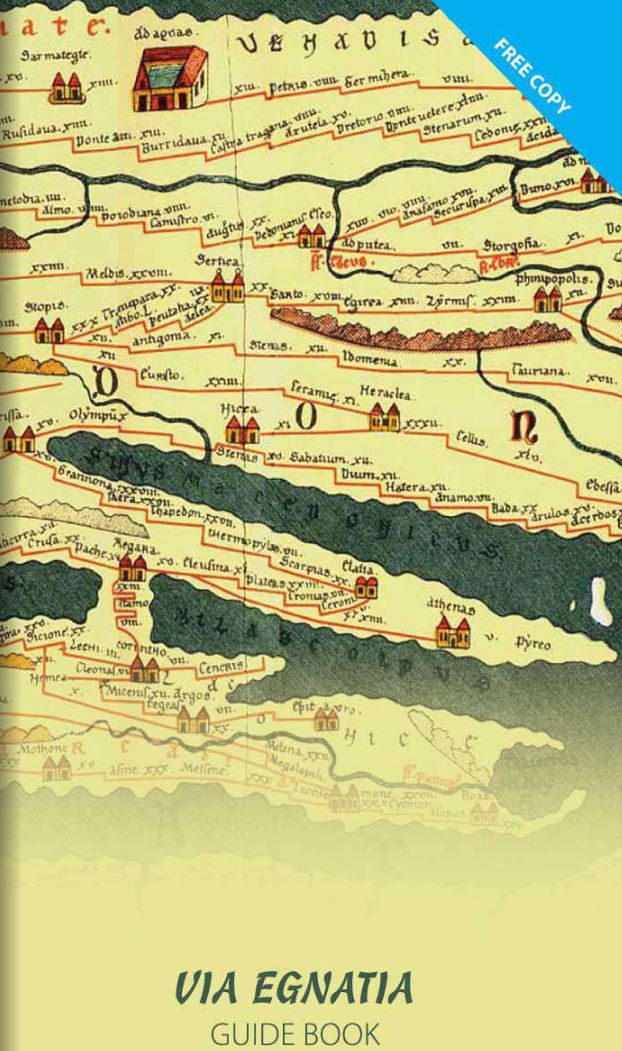Via Egnatia
The Via Egnatia guidebook provides an excellent opportunity to synthesize in one place all the knowledge of numerous eminent researchers. They have contributed to determining the geographical position of the route, the position of the roadside stations through movable and immovable cultural heritage, the impact of road communication on the development of settlements, and, of course, the importance of communication links in trade and the penetration of material and cultural influences from the more developed world centers.
From time immemorial, the territory of today’s Republic of North Macedonia, spread across the central part of the Balkan Peninsula, has attracted great interest in settlement, conquest, trade, and development of civilizational values. Life in this geographical area dates back to the time of the first hunter-gatherer Paleolithic communities and has persisted continuously, through the first settlements in the Neolithic, strong technological development and early migration processes in the Bronze and Iron Ages, the formation of great empires in Antiquity, Christianization in the Middle Ages, and through the five centuries of the Ottoman era, until the modern processes of construction of the Macedonian state.


